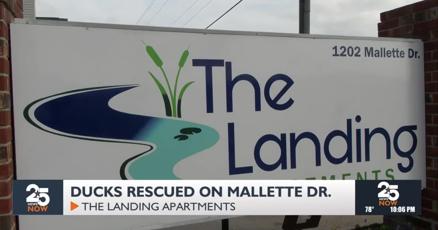Quack Emergency: Heroic Resident Saves Ducklings from Drainage Peril

In a heartwarming display of compassion, a quick-thinking resident of Victoria, Texas, became an unexpected hero last week when she rescued three helpless baby ducks from a perilous storm drain near her apartment complex.
The woman, whose name remains undisclosed, spotted the tiny, distressed ducklings struggling in the dark, narrow drainage system. Without hesitation, she sprang into action, determined to save the vulnerable young birds from their potentially fatal predicament.
Witnesses described her rescue effort as both skillful and tender, carefully maneuring to extract the frightened ducklings from the dangerous underground space. Her swift intervention not only saved the lives of the baby ducks but also demonstrated the power of individual compassion in unexpected moments.
Local animal control officials praised the woman's quick thinking and humanitarian spirit, noting that such spontaneous acts of kindness can make a significant difference in wildlife preservation and animal welfare.
